The School District of Philadelphia’s tiered system of selective, nonselective, and charter high schools, and the process for high school choice, has created real variation in the degree to which high schools can successfully meet the needs of ninth graders. Research has shown that the ninth grade year is critical in determining a students’ likelihood of graduating from high school. This mixed-methods study examines the transition to high school in Philadelphia, which we define as including the eighth grade high school selection process and students’ experience in their ninth grade year. In our analysis of eighth grade applications to district-managed high schools for the 2007-08 school year, we found that most District eighth graders participated in the high school selection process, but fewer than half of them were admitted and enrolled in any of their chosen schools. Further, comparing across types of high schools, we found first, that the choice process contributes to system stratification, with low-income students, Black and Latino students, students who need special supports, and boys concentrated in nonselective neighborhood high schools and Whites, Asians, and girls concentrated in special admission high schools. Second, we learned that the choice process creates distinct challenges to the neighborhood schools’ ability to support ninth graders. Enrollment at neighborhood high schools does not settle until the school selection process settles in late summer, and then continues to shift through the fall due to geographic mobility and returns from the juvenile justice system or other schools. Late enrollments undercut the ability of the neighborhood high schools to prepare for incoming classes, and contribute to changes in course schedules and teacher assignments after the school year begins, which cost important instructional time. Finally, we found that despite widespread acknowledgement of the importance of the freshman year, competing district agendas often mean it is not a priority in district and school planning. Freshman year interventions are often implemented piecemeal, without the professional support teachers need to adopt new practices, and without the assessments needed to know if they are effective. We argue that if low-performing neighborhood high schools are going to ‘turn around’ or improve, it will require not only building school capacity but also implementing changes to the broader systems of district policy and practice in which these schools function, including the high school selection process.
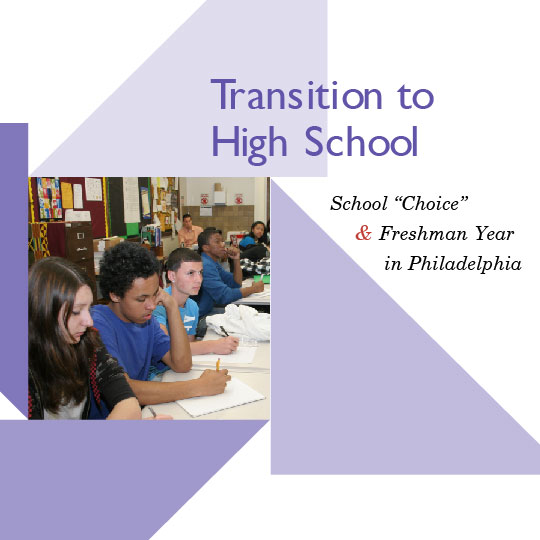
Transition to High School: School ‘Choice’ and Freshman Year in Philadelphia
Eva Gold , Shani Aida Evans , Clarisse Haxton , Holly Plastaras Maluk , Cecily A. Mitchell , Elaine Simon , Deborah Good
Date: February 2010
Related Publications
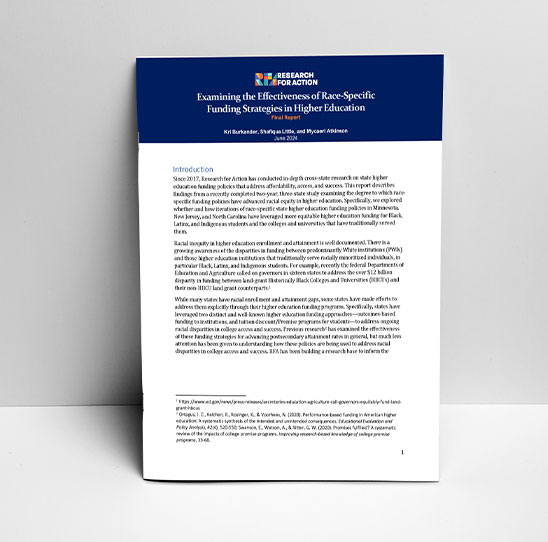
Publication
Examining the Effectiveness of Race-Specific Funding Strategies in Higher Education
Kri Burkander, Shafiqua Little, Mycaeri Atkinson
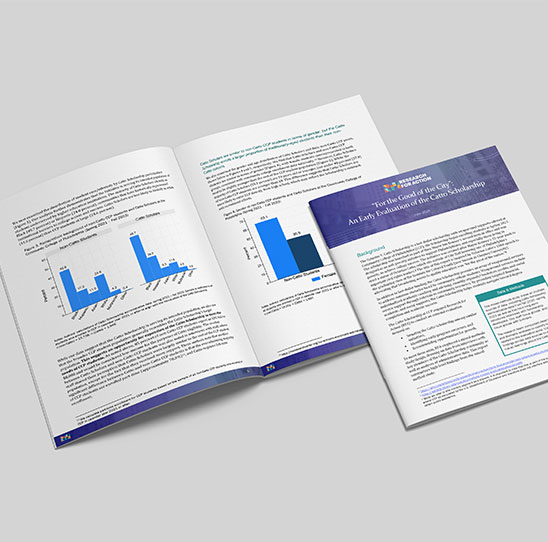
Publication
“For the Good of the City” An Early Evaluation of the Catto Scholarship
Kri Burkander, Karin Gegenheimer, Alita Robinson
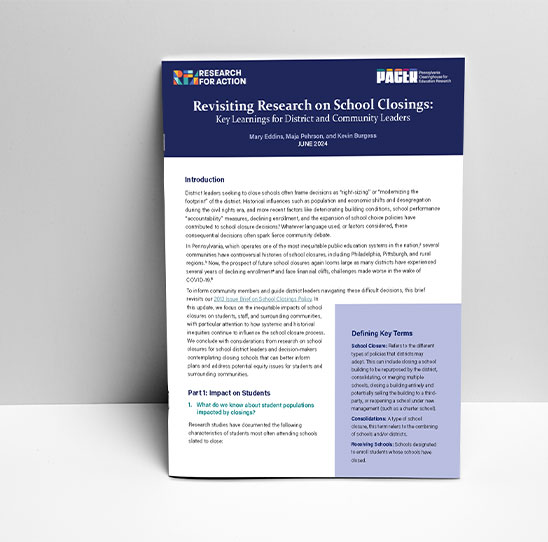
Publication
Revisiting Research on School Closings: Key Learnings for District and Community Leaders
Mary Eddins, Maja Pehrson, Kevin Burgess
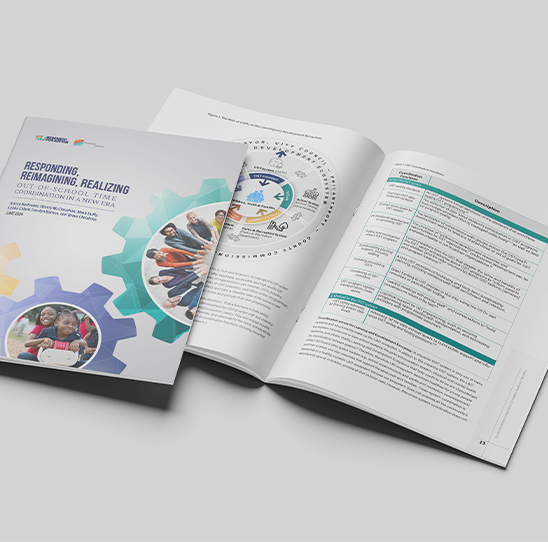
Publication
Responding, Reimagining, Realizing: Out-of-School Coordination in a New Era
Tracey A. Hartmann, Wendy McClanahan, Mark Duffy, Leana Cabral, Carolyn Barnes, Ph.D, Brian Christens, Ph.D
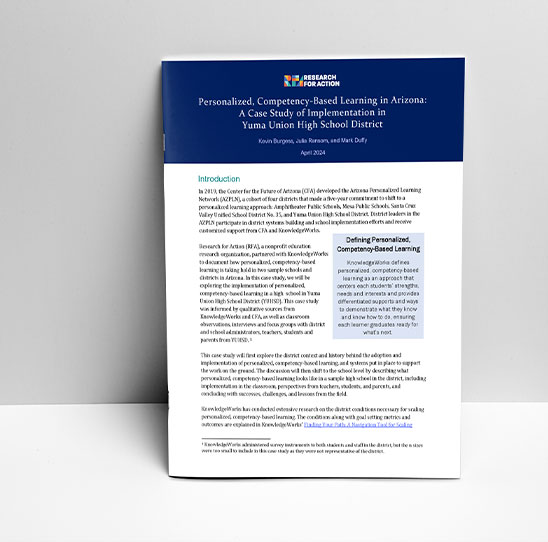
Publication
Personalized, Competency-Based Learning in Arizona: A Case Study of Implementation in Yuma Union High School District
Kevin Burgess, Julia Ransom, Mark Duffy
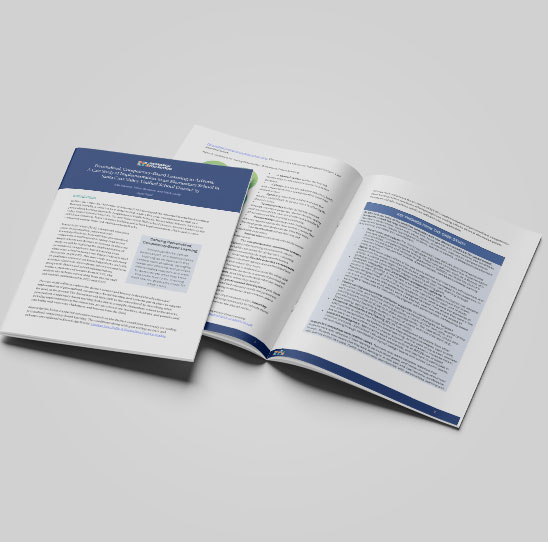
Publication
Personalized, Competency-Based Learning in Arizona: A Case Study of Implementation in an Elementary School in Santa Cruz Valley Unified School District 35
Julia Ransom, Kevin Burgess, Mark Duffy
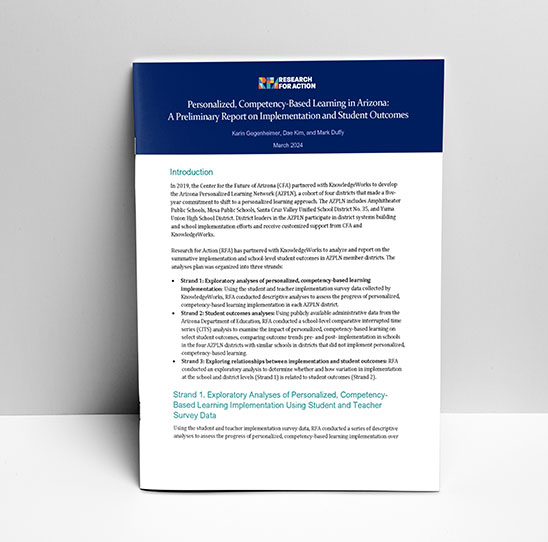
Publication
Personalized, Competency-Based Learning in Arizona: A Preliminary Report on Implementation and Student Outcomes
Karin Gegenheimer, Dae Y. Kim, Mark Duffy
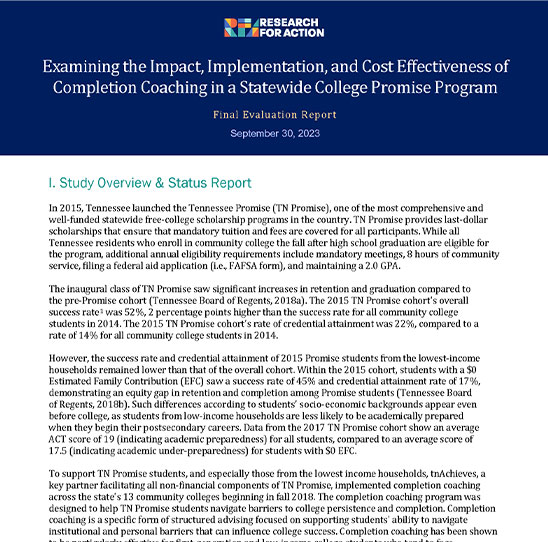
Publication
Examining the Impact, Implementation, and Cost Effectiveness of Completion Coaching in a Statewide College Promise Program
Dae Y. Kim, Karin Gegenheimer
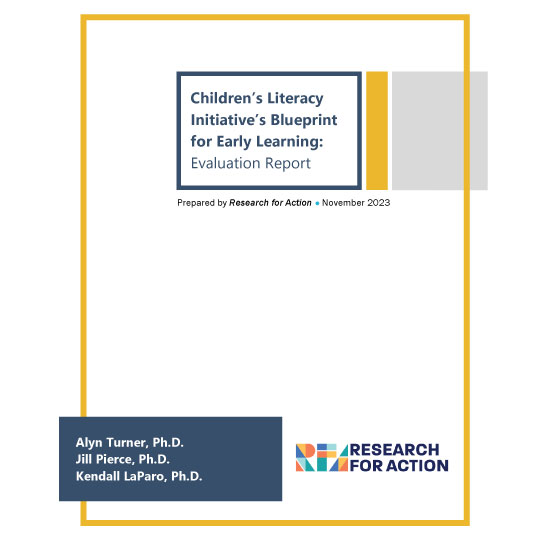
Publication
Children’s Literacy Initiative’s Blueprint for Early Learning: Evaluation Report
Alyn Turner, Jill Pierce, Kendall LaParo

Publication
Virtual Approaches Hold Promise for Expanding Afterschool Art Programming
Wendy McClanahan, Tracey A. Hartmann
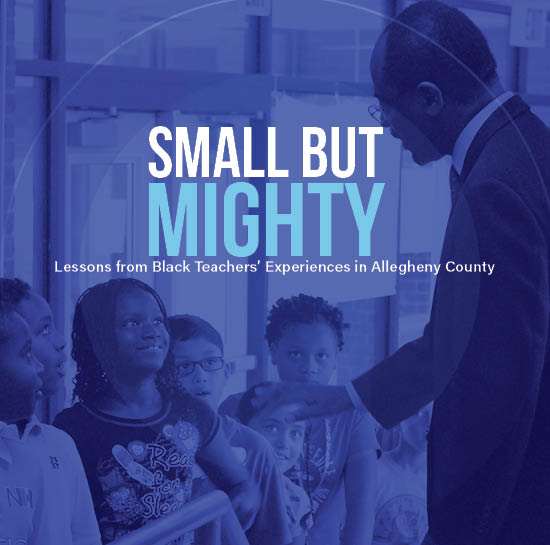
Publication
Small but Mighty: Lessons from Black Teachers’ Experiences in Allegheny County
Siettah Parks, Kevin Burgess, Leana Cabral, Mary Eddins, Alita Robinson
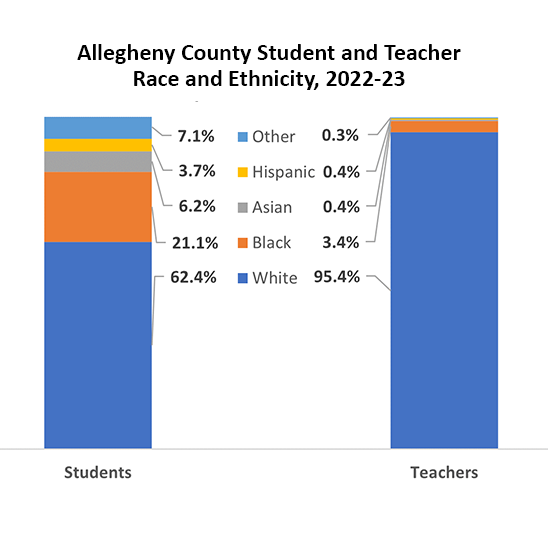
Publication
Allegheny County Teacher and Student Demographics: 2022-23 Update
Mary Eddins, David Lapp, Anna Shaw-Amoah